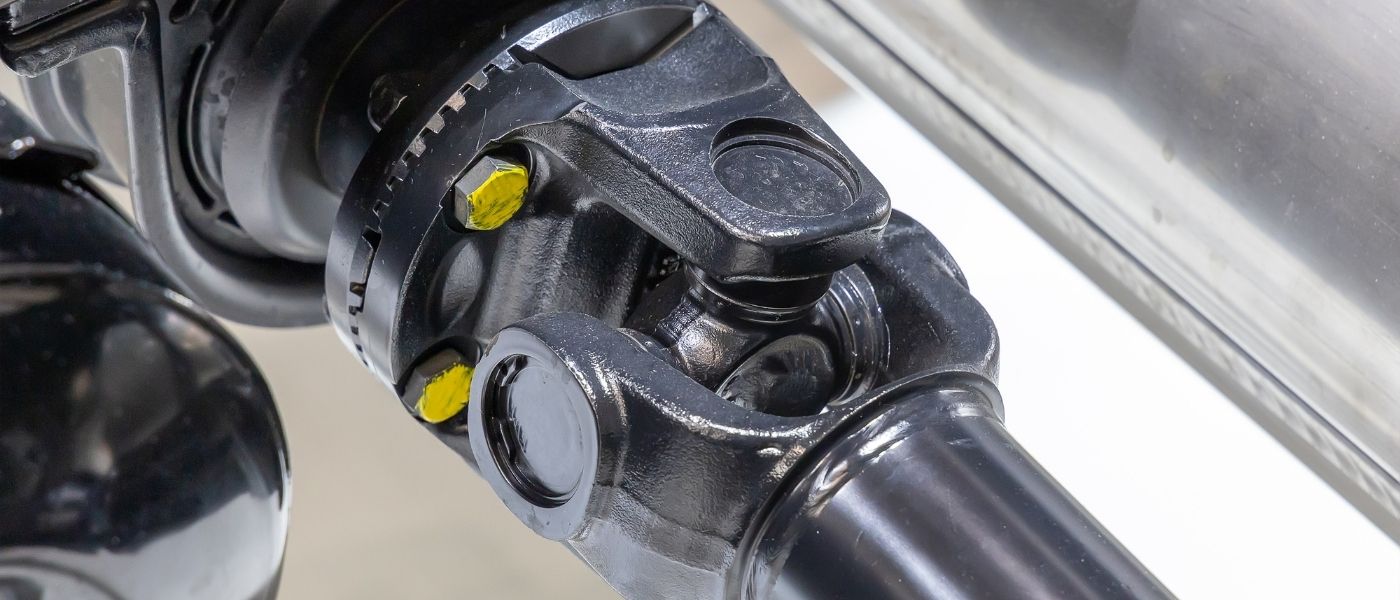The major signs of a faulty driveshaft are about to become as familiar to you as the back of your hand.
When someone normally refers to how smooth their car feels in terms of control and steering, they refer to the driveshaft. The driveshaft transfers torque energy from the engine to your wheels. The sensitivity of your acceleration tends to link directly to the driveshaft. To help keep your drives safe and comfortable, these are some signs that indicate you need to repair your driveshaft.
Be the best driver you can be by learning these extremely valuable signs. You will feel more confident and safer with this information.
Intense Vibrations
Suppose you feel vibrations when you drive. It is very important to have it checked and repaired. Intense vibrations at speeds over 30 miles per hour indicate driveshaft issues. If your driveshaft is not bolted down properly, a mechanic can fix this issue by tightening it. Among the many driveshaft components, this issue only affects a few parts. Wearing on the u-joint, wheel bearings, or bushing are also likely culprits of the issue. This is because driving on a vibrating driveshaft has a high chance of further damaging other components and leading to more expensive repairs.
Loud Squeaks
Unusual sounds in your car are sometimes common for a lot of parts. Also known as universal joints, these parts are responsible for connecting the driveshaft to the differential and helps with the side-to-side movement of your tires. However, loud squeaks coming from your tire axles normally indicate that the u-joint is worn out.
Difficult Turns
When you turn during a drive, try to remember what it felt like when you first drove your vehicle. This is difficult to notice since it happens over time, but eventually, a driveshaft wears down and increases turning difficulty. If it feels like there is a large delay and you need to turn your steering wheel farther than necessary, it is a good idea to look at the driveshaft as a whole. As the main device to transfer torque to your tires, it must be tightly secured to them when driving.
Shuddering on Acceleration
Similar to vibrations but slightly delayed, shuddering during acceleration is a potential sign of a damaged carrier bearing. This part of the driveshaft is responsible for tightly keeping the driveshaft and wheel axles in place. Think of it like the lock that maintains a connection between the two. If rumbling or whirling sounds occur, this is a good part to consider checking.
Your driveshaft is a complex system of parts that maintain the sensitivity of torque transference between your tires and engine. By considering these signs that indicate you need to repair your driveshaft, you become more familiar with a very important part of your car. Having a deeper understanding of this system helps prevent issues that get worse in the future.


